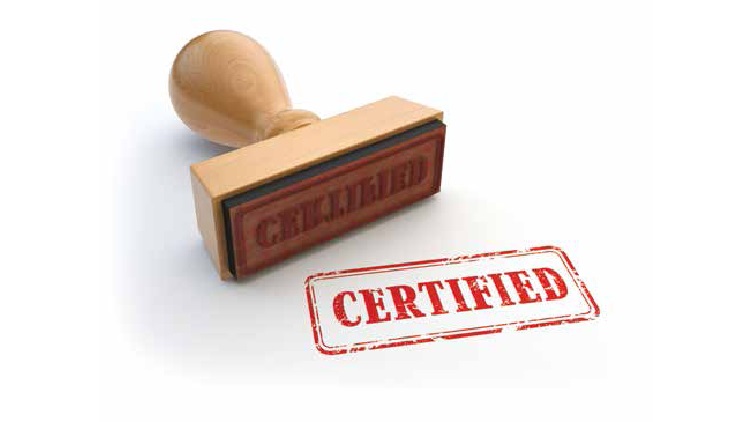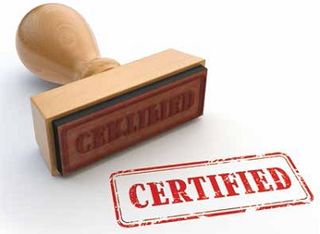
As many of SCN’s readers are aware, one significant source of competition for AV integration companies is the mechanical, electrical, and plumbing (MEP) firms that have branched out into offering audiovisual services. What makes this particularly challenging is that these firms have licensed professional engineers on staff, which makes them attractive to clients that must adhere to state laws addressing things like safety and building code compliance. While traditionally, AV design and integration houses may not have focused on recruiting PEs, there is an argument that they should start making this a priority.
“In the U.S., a number of states are now requiring a professional engineer stamp on all electrical— [both] low voltage and high voltage,” said Craig Janssen, managing director at Idibri, an acoustical and audiovisual design firm, in an interview with SCN last year. “That is not trivial—that is a big, big deal, because the bottom line is you simply can’t work, from a design point of view, on a project if you don’t have a PE on staff. Certainly in the consulting field I don’t think there’s much choice—you’ve got to do it.”
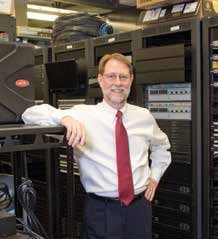
Jim Ford, Ford AV Jim Ford, PE, president of Ford AV, a design and integration firm headquartered in Oklahoma City, OK, acknowledged that an increasing number of clients require a PE to manage the audiovisual portions of their projects. “This is primarily due to owners and architects wanting a higher level of certainty that the design and engineering of the AV system meets building codes and is performed by a professional that is licensed by the state as being qualified to perform the engineering work,” he said. He added that it also has to do with a desire to offload any liability associated with system design: “Architects are looking to place the legal liability on the engineer in the event that the system is not designed properly or the system does not perform as specified.”
Ford is a licensed professional engineer in the electrical discipline, and he explained that at his firm, PEs are charged with leading the engineering group. However, he noted that most job candidates who apply for an AV engineering position are not PEs to start with, and that the licensing process for these individuals generally occurs while they are employed at Ford AV.
It’s a long process, requiring a four-year engineering or technical graduate degree from an accredited university, followed by a Fundamentals of Engineering (FE) exam. Once they pass the exam, the engineer spends four years working under a licensed PE before they’re eligible to take the Principles and Practice of Engineering (PE) exam, and that’s before they can apply for a license through the licensure board. Furthermore, licensing is on a state-by-state basis (PEs must be licensed by each state in which they provide engineering services), and in most states, the company that employs them must also be licensed. (If they aren’t, they cannot say they provide engineering services or provide engineers; instead, they may advertise these services as “design services.”) Getting your company licensed requires you to have a PE on board and to pay an annual fee. If the PE leaves your company, you have a month to notify the state and, predictably, you may no longer perform engineering services. Additionally, PEs may only provide engineering in their specific discipline; a licensed electrical engineer, for example, cannot do structural engineering work.
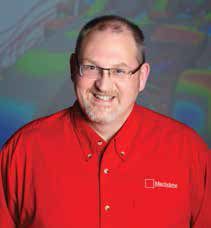
Kurt Hoffmeister, Mechdyne Corporation “We’ve seen heightened awareness in safety issues,” echoed Kurt Hoffmeister, a PE and co-founder and vice president of research and development at Mechdyne Corporation, an AV design and integration firm based in Marshalltown, IA. “Something we would have delivered as a standalone display system years ago is now more scrutinized as part of [the] building structure, so it needs to meet all related safety codes.” He added that Mechdyne works with the oil and gas industry regularly, and said that despite the bad press it has received, it’s a market that pays attention to safety. “That is one area where I think having a PE adds some value to the project and to our credibility, because of their safety consciousness.”
Hoffmeister got his mechanical PE license in 1995, a year before Mechdyne was formed. He said that several engineers at his firm have passed their initial engineering certification. But neither Hoffmeister nor Mechdyne is licensed in every state, requiring the firm to enlist the services of a locally licensed PE when required on projects in, say, California. “We look at their experience and capability, their reputation, things like that,” he said. He cites one instance where it was the client that put the firm in touch with the licensed engineering firm: “They had done other work in that facility, and we looked into them and we had no reservations. It was pretty easy, then, to connect, and they were familiar with the site. That helped the process along.”
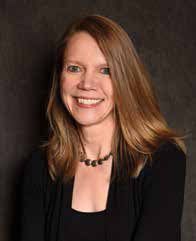
Deb Britton, K2 At K2 Audio, a design and integration company based in Boulder, CO, one of the staff acousticians is a licensed PE. Deb Britton, K2’s CEO and founding principal, explained that while it’s a plus if a job candidate holds a PE license, it’s not what motivates whether or not that individual will get hired, and that there are a number of qualifications and qualities to consider when recruiting. However, she said that she’s witnessing a trend whereby professionals are trying to set themselves apart by earning credentials, and that “I think we will see more credentialing, [because] owners and owners’ representatives are going to be looking for it.” Still, she underlined that certifications are only one piece of the equation. “I would stress that the credential isn’t the be-all, end-all…credentialing isn’t everything,” she said. Britton added that her firm has not been excluded from bidding on projects because it doesn’t have a full staff of PEs, and that when necessary, K2 will hire an outside licensed engineering firm if, for example, the project requires the services of a structural engineer.
For Hoffmeister, being able to offer engineering services gives his firm a bit of an edge, “but the important thing is it’s a service available for our clients’ best interests,” he said. “When we’re installing something that’s 200 pounds to thousands of pounds, we certainly want it to be as safe and secure as possible, and not be a problem in the future, or a liability.”
Carolyn Heinze is a freelance writer/editor.
